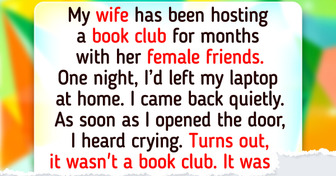10 Stories of Kindness That Show Angels Walk Among Us Every Second of Every Day

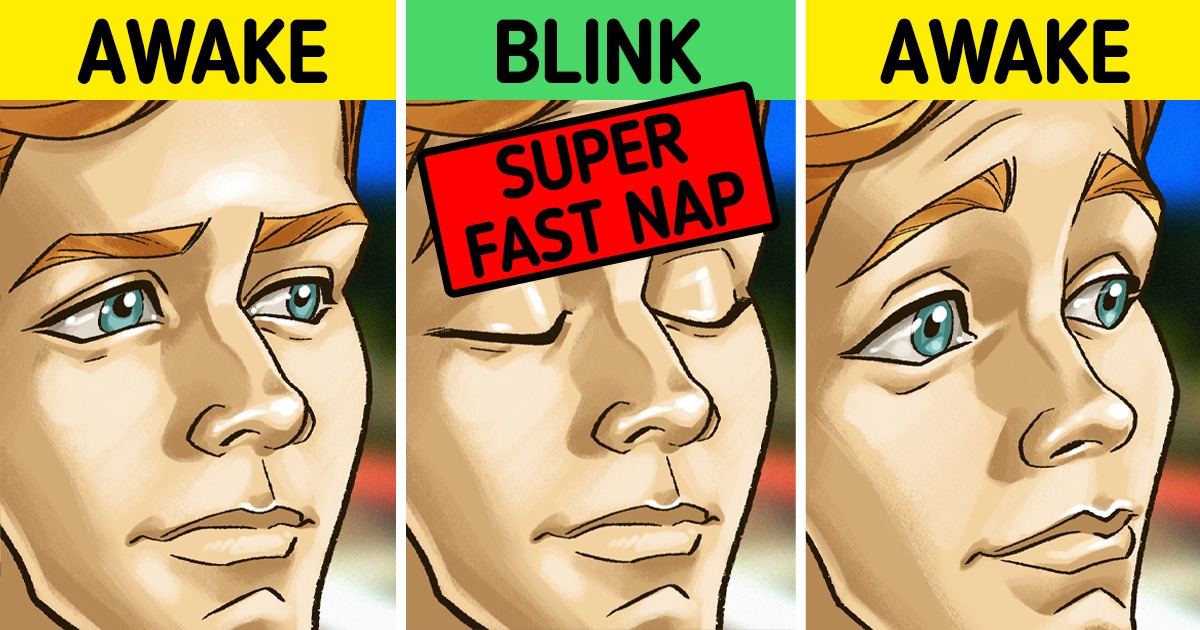
We at Bright Side know important things can happen in the bat of an eye, so we’re revealing a few things we found about “blinking.”
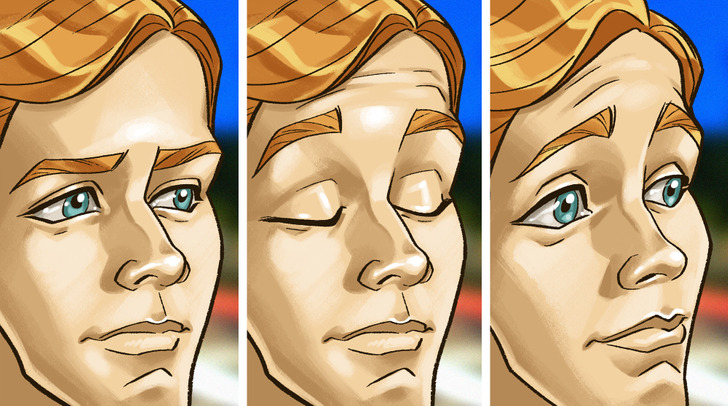
Physically speaking that is. Blinking is very important: it cleans and moisturizes the eyeballs to prevent infections, nourish them, and keep our vision clear. But we could have all that and blink less. It turns out blinking and giving the brain a rest are interconnected.
Blinking (as a whole) is like a brain pause, a wakeful rest, between thoughts. Our brains use these split seconds to give the mind a chance to wander and “go offline.” Kind of like a super-fast nap that helps focus attention.

We know that our eyes blink less during a task that requires visual attention, like working at the computer. And we synchronize our blinking in face-to-face communication with a speaker, especially if we’re interested in the subject.
But it was observed that a group of people viewing the same movie, will synchronize their blinking timing with the content narrative, which leads to synchronization of the whole group. Apparently, we tend to segment video narratives into meaningful moments vs pauses, and generally choose to blink by the end of the action, thus creating this group blink-sync.

We tend to sync our blinking according to our interests, and looking directly into the eyes of others is an aspect of most human interactions. But staring is a whole different thing. Apparently, if you maintain strong eye contact with a date, you may find that your feelings intensify.
Staring into someone’s eyes, especially if you find the person attractive (and not in an awkward situation), can release hormones associated with passion and affection. We are specifically talking about phenethylamine and oxytocin, 2 potent hormones related to bonding. Eye contact synchronizes blinking and brain activity, suggesting an actual binding of 2 people into a “singular connected system.”
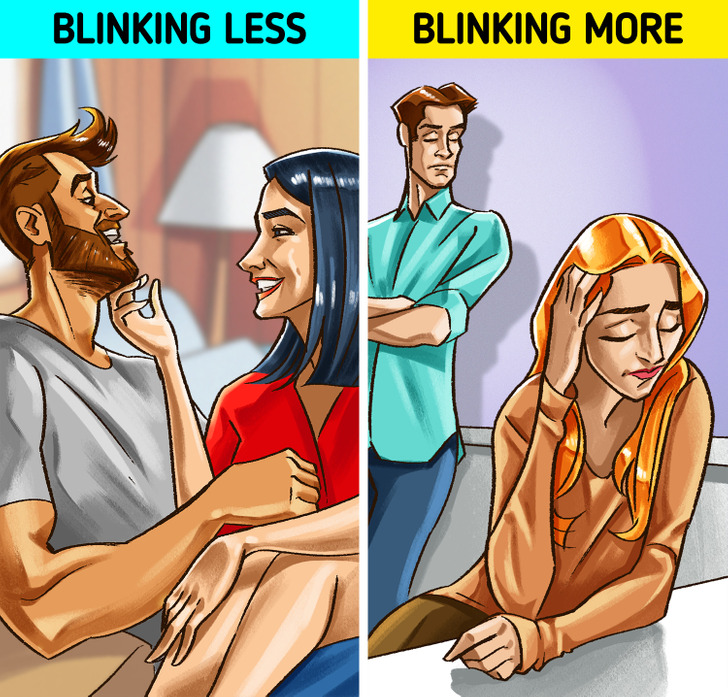
It is argued that liars tend to blink more because, for most people, lying is a stressful activity. It’s cognitively demanding and creates a “flight or fight” reaction that causes an increase in automatic blinking. Basically, the brain is too occupied with processing deceptive information.
There are some that argue that the exact opposite is true, and that conscious liars blink less than normal during their lie, and even stare into other people’s eyes to convince them they are telling the truth. In this case, blinking happens up to 8 times less than usual. But the majority of research supports the hypothesis that an increased blink rate is a nonverbal cue to deception.

No one can say exactly why we do this one-sided blink, called a wink, but to most of us, it can be a signal of flirting and can generate an hormonal euphoric response. The eye contact and the non-verbal suggestion of secrecy can be very appealing when coming from someone we find interesting.
It can also be a sign of tender affection or just have the intention of sparking a laugh. However, it can be read as an encouragement to mockery, a sports signal, a rude expression, or be just plain vulgar, according to the culture. So if you’re traveling, and not sure, maybe it is best not to do it.
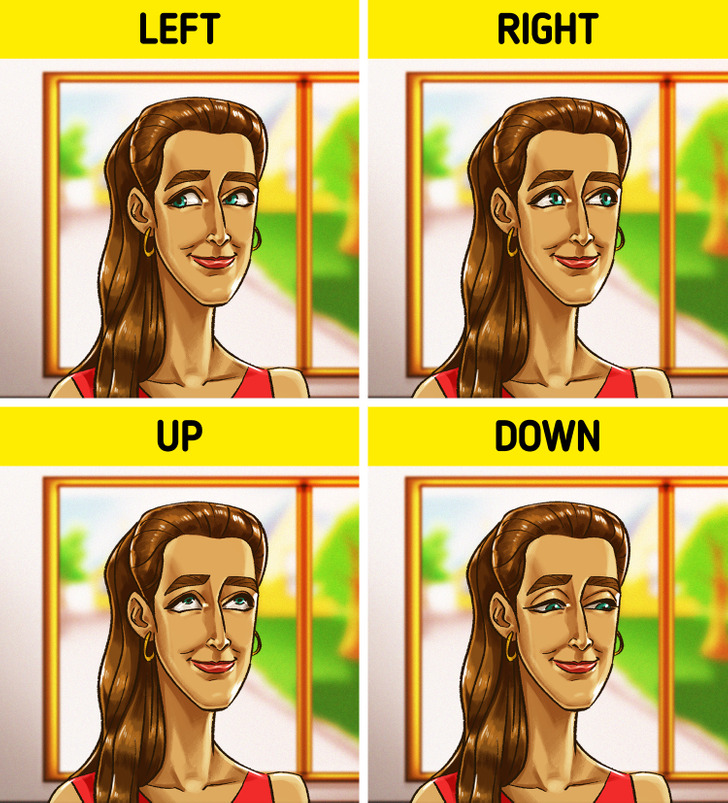
There is a proper and an improper way to blink. When we don’t blink as we should, or when we’re subjected to dry or windy environments, we might feel a gritty or burning sensation, followed by blurred vision. And, we might not even realize we are not blinking as much as we should until we feel it.
Correct blinking means a complete closing of the eyelids with each blink. And the benefits are enormous, from less chance of infection, to less redness or itching, and crisper vision. Give it a try. Try this one minute exercise, 5 times a day:
Are you self-aware of your own blinking now? And have you ever fallen in love “in the blink of an eye”? Let us know in the comments!








